Architecture
7 Tips for Designing Your Bedroom
Learn how to think about light, layout, circulation and views to get the bedroom of your dreams
Have you ever been in a room that just feels right? Nine times out of 10, it’s because it has a simple design that functions well. But creating a simple design is harder than it looks — particularly in bedrooms.
Why? Because every bedroom absolutely has to have a bed in it. And beds are big and ungainly, and dictate the placement of every other object in the room. But if you’re lucky enough to be planning a bedroom from scratch or remodeling an existing bedroom, you can control the other elements and create a space that’s both practical and pretty.
The bedrooms shown here manage that feat with panache. Even if you don’t have a great view, access to the outdoors or plenty of space to work with, the principles they embody and the simplicity they show can inspire your own bedroom design project.
Why? Because every bedroom absolutely has to have a bed in it. And beds are big and ungainly, and dictate the placement of every other object in the room. But if you’re lucky enough to be planning a bedroom from scratch or remodeling an existing bedroom, you can control the other elements and create a space that’s both practical and pretty.
The bedrooms shown here manage that feat with panache. Even if you don’t have a great view, access to the outdoors or plenty of space to work with, the principles they embody and the simplicity they show can inspire your own bedroom design project.
1. Plan for Simple Circulation
Try to keep your circulation on one side of the room. Hotels do a great job of this. There’s a reason many hotels use the same floor plan: because it’s simple and it works.
Browse nightstands and bedside tables in the Houzz Shop
Try to keep your circulation on one side of the room. Hotels do a great job of this. There’s a reason many hotels use the same floor plan: because it’s simple and it works.
Browse nightstands and bedside tables in the Houzz Shop
Circulation plans become a little more challenging with en suite rooms — bedrooms with bathrooms attached, as in the plans above — or bedrooms that have doors to the outside. To save on space, pay attention to where you locate the bathroom and closet in your bedroom. Rooms that have bathroom or closet access before the sleeping area, above left, require a longer hall.
If you organize the circulation so the bathroom and closet are accessed through the sleeping area, above right, you don’t need a separate hall, and you can add the circulation space into the room to make it feel larger too.
Key Measurements to Help You Design Your Dream Bedroom
If you organize the circulation so the bathroom and closet are accessed through the sleeping area, above right, you don’t need a separate hall, and you can add the circulation space into the room to make it feel larger too.
Key Measurements to Help You Design Your Dream Bedroom
2. Focus on the View
A bedroom always feels nicer when the first thing you experience is a pleasant view out the window — as opposed to a view looking straight at the bed. If you’re designing a new bedroom or reworking an old one, try to come up with a layout that focuses on the vista — whether it’s something as stunning as a lake or as simple as your backyard.
A bedroom always feels nicer when the first thing you experience is a pleasant view out the window — as opposed to a view looking straight at the bed. If you’re designing a new bedroom or reworking an old one, try to come up with a layout that focuses on the vista — whether it’s something as stunning as a lake or as simple as your backyard.
3. Keep Privacy in Mind
It’s always nice when you can leave the bedroom door open without forsaking all of your privacy. The small foyer in this drawing provides separation from the family room. I always try to avoid designing a layout in which you look directly into the bedroom from a more public space, like a great room, kitchen or family room.
It’s always nice when you can leave the bedroom door open without forsaking all of your privacy. The small foyer in this drawing provides separation from the family room. I always try to avoid designing a layout in which you look directly into the bedroom from a more public space, like a great room, kitchen or family room.
4. Connect With the Outdoors
While this might not be feasible in all climates, connecting a room with the outdoors is a great way to make the space feel larger and admit more natural light. If your bedroom is on the ground floor (or is on the second story and has an adjacent terrace), adding a set of French doors can increase visual space.
Find inspiration for your bedroom design
While this might not be feasible in all climates, connecting a room with the outdoors is a great way to make the space feel larger and admit more natural light. If your bedroom is on the ground floor (or is on the second story and has an adjacent terrace), adding a set of French doors can increase visual space.
Find inspiration for your bedroom design
5. Consider the Furniture Layout
Your bedroom’s architecture should take your furniture into account. Bedroom floor plans usually have a bed wall — but what about dressers, nightstands, TVs, chairs and a desk? Work with your architect or designer to make sure there is enough space beside the bed for nightstands and ample circulation so you can access three sides of the mattress.
Shop for beds and headboards
Your bedroom’s architecture should take your furniture into account. Bedroom floor plans usually have a bed wall — but what about dressers, nightstands, TVs, chairs and a desk? Work with your architect or designer to make sure there is enough space beside the bed for nightstands and ample circulation so you can access three sides of the mattress.
Shop for beds and headboards
6. Increase Light and Ventilation
Locating your bedroom at the corner of your home can give you windows on two or more adjacent walls. This gives you the added benefit of cross ventilation and a softer natural light.
Locating your bedroom at the corner of your home can give you windows on two or more adjacent walls. This gives you the added benefit of cross ventilation and a softer natural light.
7. Take Your Time
Great design takes a while and usually requires refining before you come up with the perfect plan for your lifestyle. Don’t rush through the design — it’s worth taking a little extra time up front to make sure you have a more efficient and functional plan in the end.
Look for contemporary bedroom benches
Great design takes a while and usually requires refining before you come up with the perfect plan for your lifestyle. Don’t rush through the design — it’s worth taking a little extra time up front to make sure you have a more efficient and functional plan in the end.
Look for contemporary bedroom benches
The truth is, great design doesn’t necessarily mean a space that’s overly complex and expensive to build. A space that functions better, costs less to build, is more efficient to run and is easier to maintain can be an outstanding example of great design.
More on Houzz
Read more bedroom design stories
Browse thousands of bedroom photosFind a pro to help you remodel your master suite
Shop for bedroom products
More on Houzz
Read more bedroom design stories
Browse thousands of bedroom photosFind a pro to help you remodel your master suite
Shop for bedroom products
Feeling Inspired? Shop for Similar Products
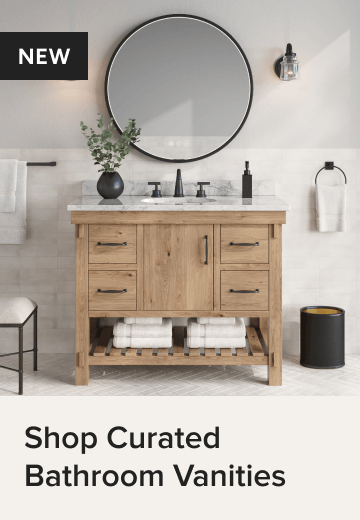
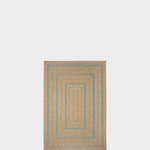

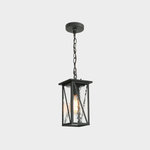






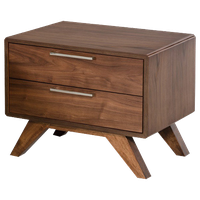
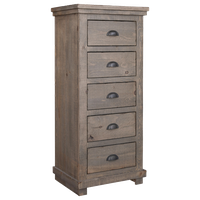
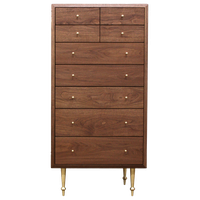

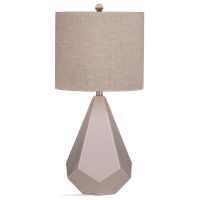
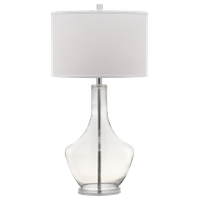







Here are seven tips to help you get the most out of your bedroom.
Find a local architect on Houzz